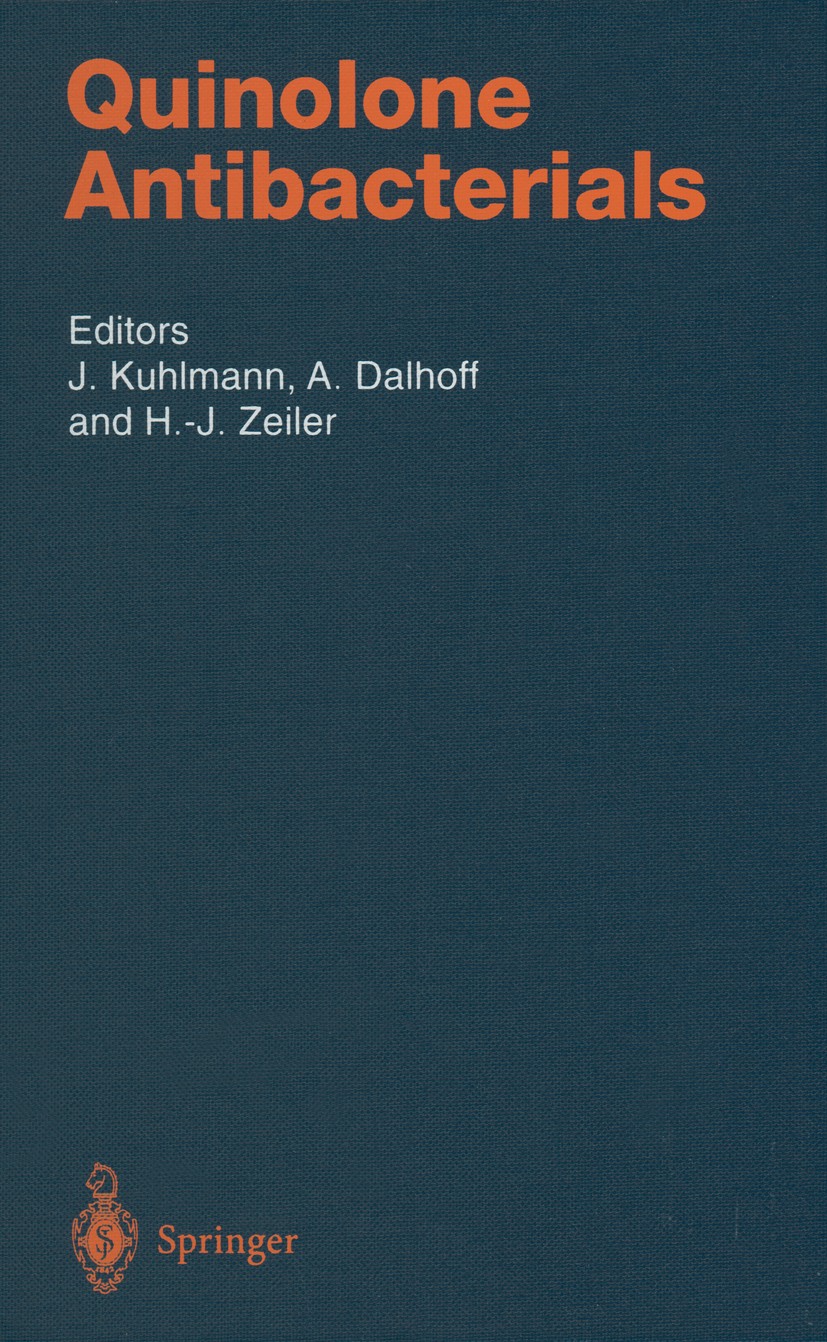| 书目名称 | Quinolone Antibacterials | | 编辑 | J. Kuhlmann,A. Dalhoff,H.-J. Zeiler | | 视频video | http://file.papertrans.cn/782/781976/781976.mp4 | | 丛书名称 | Handbook of Experimental Pharmacology | | 图书封面 |  | | 描述 | It has been over 30 years since the first clinically important member of the quinolone class, nalidixic acid, was introduced into medical practice. The modification produced in the quinolone nucleus by introducing a fluorine at the 6-position led to the discovery of the newer fluoroquinolones with enhanced antibacterial activities as compared to nalidixic acid. By now a great deal of preclinical and clinical experience has been obtained with these agents. The intense interest in this class of antibacterial agents by chemists, micro biologists, toxicologists, pharmacologists, clinical pharmacologists, and clini cians in various disciplines encouraged us to summarize the information on the history, chemistry, mode of action and in vitro properties, kinetics and efficacy in animals, mechanisms of resistance, toxicity, clinical pharmacology, clinical experience, and future prospects in one volume of the Handbook of Experimental Pharmacology. As this series deals predominantly with "experimental" characteristics of drugs, our volume is dedicated specifically to quinolones and emphasizes principally their preclinical and clinical phar macological characteristics, despite the existence | | 出版日期 | Book 1998 | | 关键词 | Chinolon (Gyrasehemmer); DNA; Fluorchinolon; Quinolones; Sepsis; quinolone antibacterials | | 版次 | 1 | | doi | https://doi.org/10.1007/978-3-642-80364-2 | | isbn_softcover | 978-3-642-80366-6 | | isbn_ebook | 978-3-642-80364-2Series ISSN 0171-2004 Series E-ISSN 1865-0325 | | issn_series | 0171-2004 | | copyright | Springer-Verlag Berlin Heidelberg 1998 |
The information of publication is updating

|
|
 |Archiver|手机版|小黑屋|
派博传思国际
( 京公网安备110108008328)
GMT+8, 2025-12-18 15:40
|Archiver|手机版|小黑屋|
派博传思国际
( 京公网安备110108008328)
GMT+8, 2025-12-18 15:40


